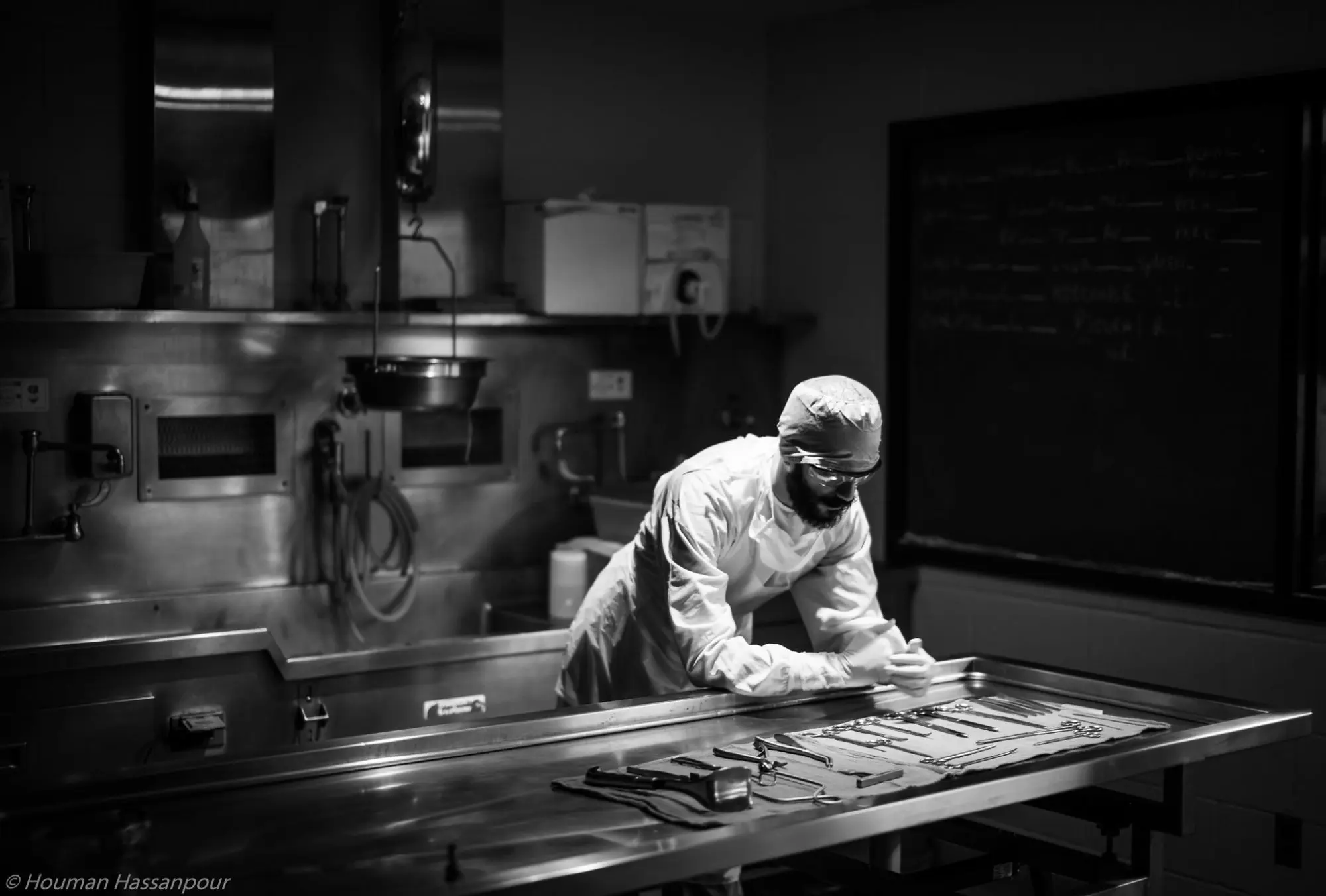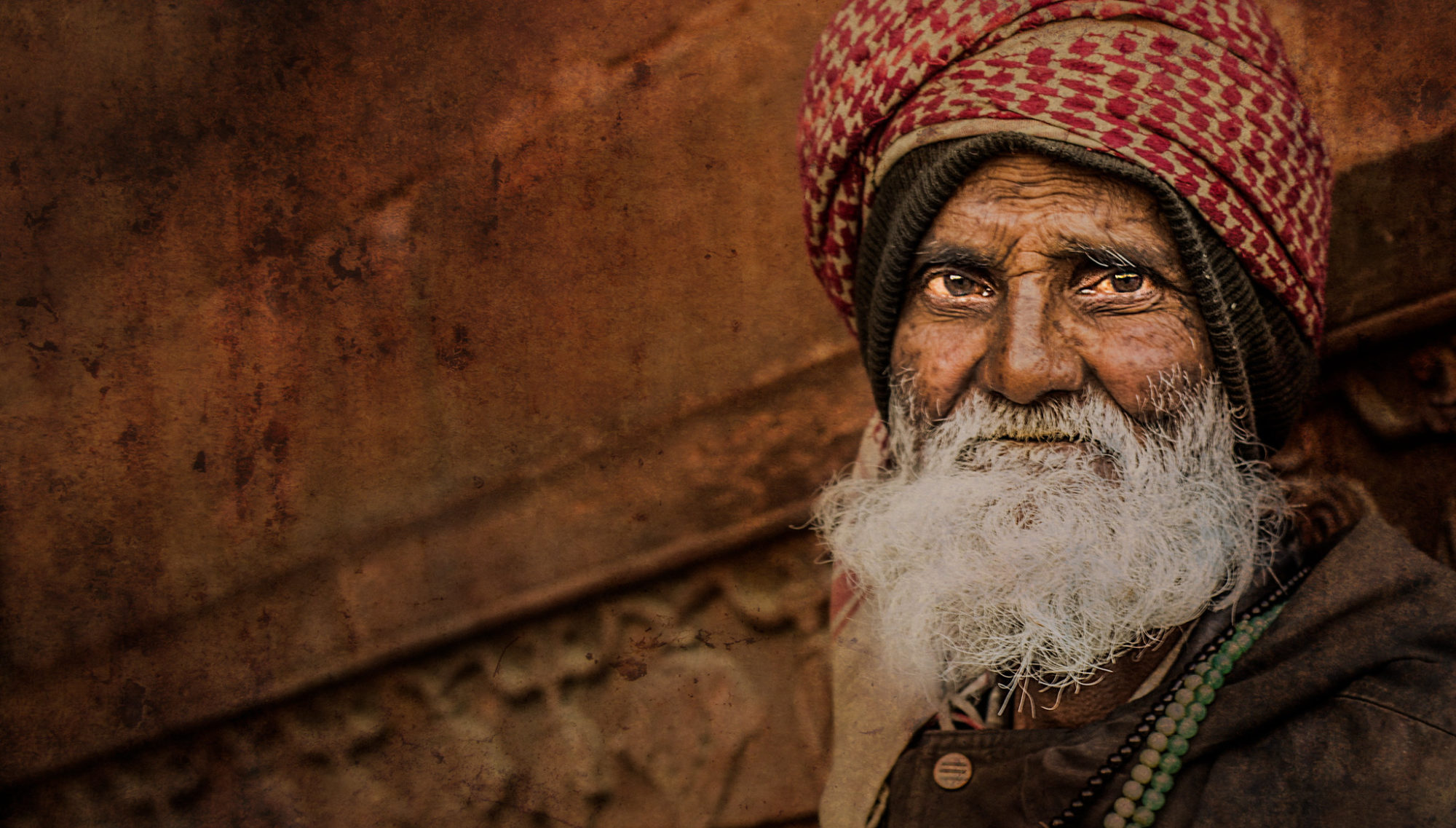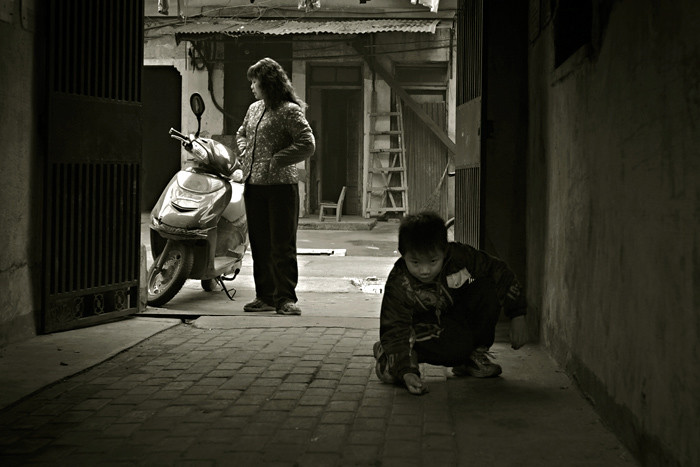Photographs tell us a story in some way or the other but there are some photographs that convey the story very well. They say that a picture is worth a thousand words, and if the photographer truly captures the essence of a scene or a moment, it can convey a strong message or story and keep the viewer's engaged. One needs to keep in mind the works of great photographers like The Decisive Moment by Henri Cartier-Bresson, or Dorothea Lange’s Depression-era work, or Churchill’s historic portrait photo by Yousuf Karsh.
This post is a collection of some images that successfully tell a story. Interpreting an image is oftentimes subjective. As you will see below, a human element is usually the main subject of such images as it evokes emotions in the viewer. However, a lack of any human element in a photo can also tell a great story in certain situations. We hope these images inspire you towards storytelling through your photography.
If you'd like to learn how to tell a story with a photograph, take a look at Kent DuFault's guide on effective storytelling.
What Is Required For Successful Storytelling In Photographs?
Usually in a photo story, a photographer may use a series of images to tell a story. But often times, the photographer if perfectly plans and executes the shot can tell a story through a single image. So plan well before taking the picture as it is the most important part of the storytelling process through photographs.
Select a topic and the message that you are planning to shoot. Think of times, locations and subjects for the story you are trying to tell. Also you need to decide if you want to tell the story by shooting in colour or black and white.
What if you did not plan? All photo stories do not need planning. You can just go to one of your favourite spots or locations and look around for inspiration. You can stay for a while looking at what is happening around and photograph your favourite stories. Sometimes stories can happen in a short moment and as a photographer, you need to be ready to capture the moment.
Make sure you include strong emotions in your image and the light used in the scene needs to go well with the story you are planning to tell. Soft moody light for moody scenes or stories and golden light for cheerful or happy stories, etc. The photograph should evoke strong emotions in the viewer.
When you are out and about photographing, for example in the streets making street photographs, you need to be quick and look around to find the perfect story. There are stories happening all around and as a photographer, you need to look, plan, trust your instincts, frame and shoot the photographs. We also need to make sure we respect people's privacy and not get into their personal space.
Choose the right background or location when photographing your subject, for example, if you are photographing an artist or a labourer at work, you will want to shoot at their work location so you can include the environment and maybe the co-workers so you are able to bring originality into the story you are telling.
Try to show relationship in images. This can be achieved by having more than one person in the image and show the bond or relationship between them. This can be relationship between friends, family, etc.
Watch out for the composition in your images as it is very important to create powerful storytelling images. Arrange the elements/subjects wisely in the frame so as to draw the viewer's attention into the scene. Also try various focal lengths and aperture values to see what works best for the story you are trying to tell.
Have a strong subject and keep distractions to a minimum. Having too many elements or subjects in the frame will give rise to a chaotic look and have the viewers' eyes wandering all over the frame. Your photo needs to be powerful enough to have the viewer hooked on to it for the few moments they will be seeing it.
In general, storytelling through photographs is a complex topic and is subjective. So it is not essential that the story you are telling to tell needs to be understood by everyone viewing the image as it depends on individual's interest and imagination.
Also, do not over process your images but make necessary edits and keep the colours original and the scene in order to show the viewers what you shot at the location. Overprocessing can make the image look unreal and the viewer may not feel the emotions or other feelings you are trying to show through your photographs.
Learn the Art of Storytelling Through Photography
If you'd like to understand what photographic storytelling is and learn how to instill the ‘story element' into a photograph that you want to capture, make sure to check out the guide Effective Storytelling With Photography over at Photzy.




















4 Comments
The photo of the two people one their mobile phones. In this day and age do you think they are talking to each other?
One of the aspects of visual story telling that isn’t often mentioned is perhaps the most important: learning to ‘see’ stories in an image. After all, if one can’t see a visual story, how can he/she create them themselves?
I struggled with seeing stories in photographs for years. It’s not easy. It must be learned.
I think it was Brooks Jensen at LensWork who finally opened the door for me to begin seeing visual stories, then in being able to create them myself. His advise was to “…start asking questions of the image. The first question will lead to another, then another, then another. Before long, the story begins to emerge.”
Since then, I’ve learned how important context is to us asking the questions in the first place, and ultimately in seeing our own personal stories from any photograph, our own as well as photographs made by others. I’ve written about the importance of context in visual storytelling and, in fact, the enjoyment of images, here –>https://bit.ly/3c8G5sf if interested in hearing one photographer’s opinion.
Enjoy!
I wonder why I haven’t ever gotten featured on your photo wall!!!
@riteshsaini : Loved your article, especially because I truly believe that pictures tell amazing stories!:)
I’m glad I came across this article, I enjoyed reading it. I’ve recently realized that I’m passionate about telling a story through photos and learned quite a few things about that through your blog.